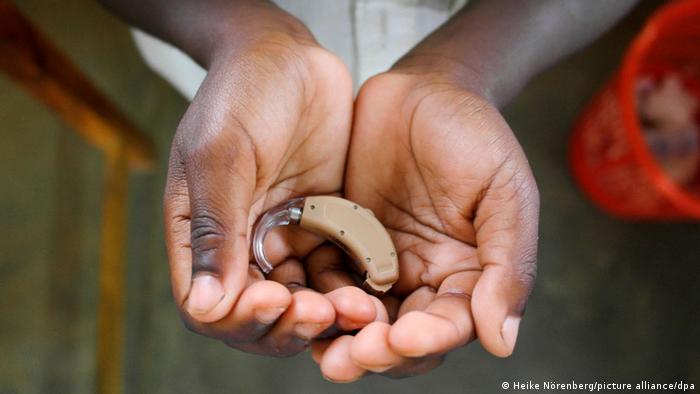Only about 40 percent of all babies under the age of six months are exclusively breastfed worldwide. This is the result of a UN study. Breast milk acts like a first vaccination, but it can do even more.
1. How is breast milk made?
Breast milk is already formed during pregnancy. The hormones progesterone and prolactin then set the mammary glands in motion about 24 hours after birth. With the first suckling, however, the child itself decides when the milk supply will finally start. The hormone prolactin also regulates the mother's nervous system and the amount that should be produced.
Also Read: Sugar molecule in breast milk is important for baby’s brain
2. Why is it so good for children?
Breast milk is said to have almost magical powers. In the first few weeks of the child's life, it protects against intestinal infections, supports digestion, and protects the child from flatulence and constipation. Breast milk helps the baby build up good defenses and protect itself against allergies. In addition, sucking promotes the formation of the palate and jaw.
3. What's inside?
The list of ingredients is very long. The most important ones are minerals, vitamins, fat and amino acids. Or nucleotides that provide the basic building blocks for DNA, carbohydrates that provide energy, growth factors that support the maturation of the intestinal mucosa and antimicrobial factors that the immune system uses to identify and neutralize foreign substances.
4. Stages of milk
Breast milk is constantly reinventing itself. On the first day of breastfeeding, the mammary glands produce what is known as colostrum, the very nutrient-rich first milk. From the fourth day, the transitional milk is produced and only on the tenth day do the mammary glands produce the mature breast milk. But that's just a basic framework. The composition of the milk is constantly changing and depends on the growth of the child.
5. How much milk is produced?
A woman produces up to a liter of milk per day. A baby drinks about 200-250 ml per "meal". However, the female breast can quickly adapt to the needs of the child and provide more or less milk.
6. How long should you breastfeed?
This is controversial - the WHO and the National Breastfeeding Commission recommend mothers to breastfeed at least until the child is six months old and to feed additional food from the fourth month at the earliest.

7. Cultural differences
How long a child is breastfed varies from culture to culture. For example, women in Bofi, Central Africa, often breastfeed their children until they are 53 months old (a good four and a half years). The mother can produce an unimaginable 1600 liters of milk. All cultures combined, mothers breastfeed their children for an average of 30 months.
8. Breast milk
In the past, children were breastfed with "women's milk". The word "mother's milk" has only been used since a campaign in the 18th century. This campaign called on mothers to breastfeed their children themselves instead of placing them in the care of wet nurses. Children should be fed by their mothers, not by some "women".
9. Controversial in public
A mother who breastfeeds in public is not very popular, especially in Anglo-Saxon countries. There, pictures of breastfeeding mothers that appear on Facebook are immediately deleted.
10. Our closest relatives breastfeed in a similar way
When it comes to caring for offspring, humans and animals are no longer quite so similar. While humans can wean their child from the breast at any time or not breastfeed at all, animal children are dependent on their mothers for a long time. They cannot stay away from breast milk until they are able to obtain food on their own. A great ape, for example, breastfeeds between five and seven years.



